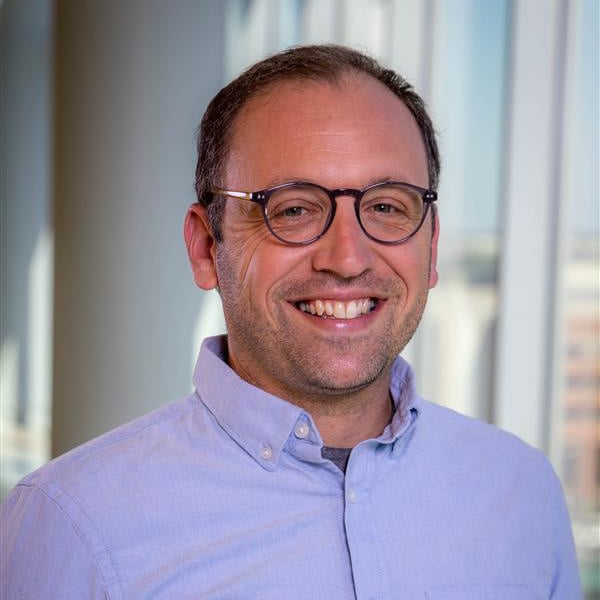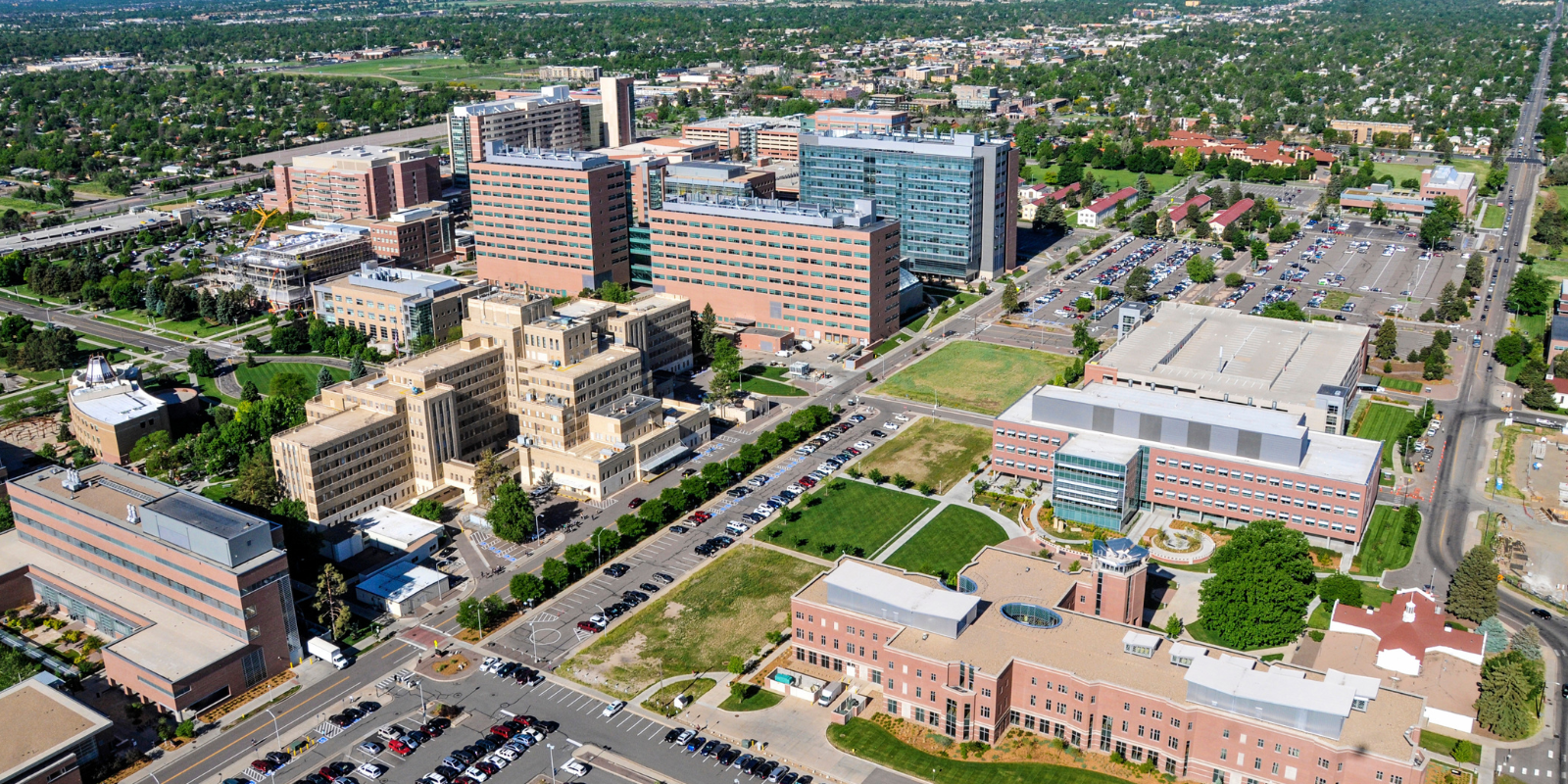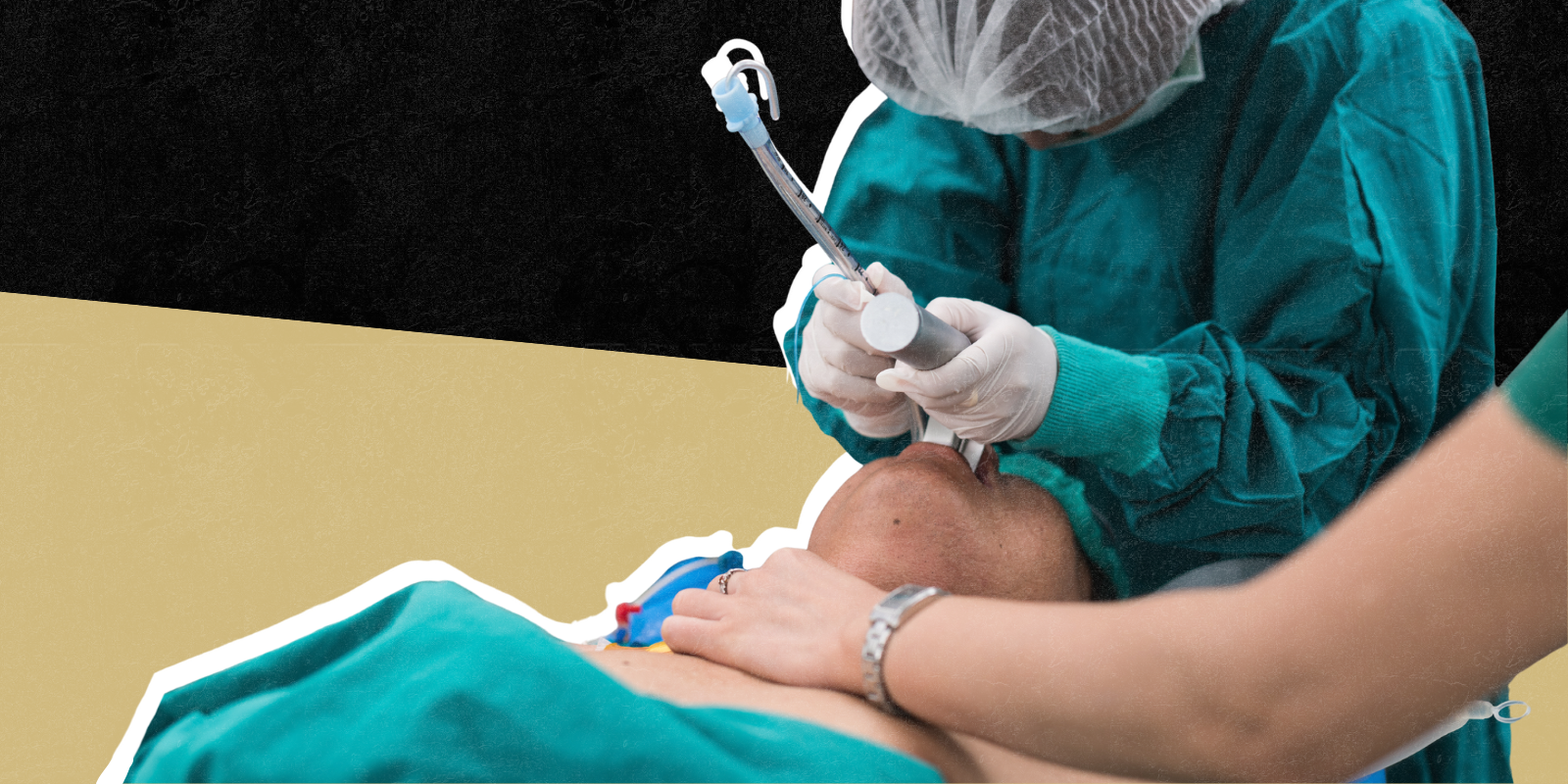A first-of-its-kind study, published today in Pediatrics, has provided full-picture assessment of youth homelessness in Denver. The findings reveal that nearly 25% of youth in the city experienced homelessness or housing insecurity in 2021, with rates increasing almost every year since 2017.
Researchers across Colorado, led by Josh Barocas, MD, and resident Matthew Westfall, MD, of the University of Colorado Anschutz Medical Campus, combined multiple data sources for youth aged 14 to 17 in the City of Denver to estimate the total number of youth experiencing homelessness, accounting for those not reached by services. This estimation found the prevalence of youth homelessness in Denver to be significantly greater than previously estimated.
“Homelessness for youth is defined broadly and varies by different federal and state agencies,” said Barocas, associate professor with the University of Colorado School of Medicine and study senior author. “Our number may seem shockingly high, but is likely an accurate representation. The definition of homelessness encompasses more than being on the streets or in shelters.”
Importantly, researchers collaborated with state agencies and other research groups across the state to apply a well-established methodology for the first time in this space. They found that the number of youth experiencing the spectrum of homelessness in Denver who were not receiving services that would have otherwise identified them ranged from approximately 3,000 in 2017 to 7,000 in 2021. “This study demonstrates that working with community partners, government agencies and across data systems has the potential to elucidate information necessary for transformational change,” Barocas said.
'We can't ignore the disparities'
Additionally, researchers broke down their findings by demographics of youth experiencing homelessness and found that between 2017 and 2021, Black/African American or Hispanic youth accounted for 23-37% and 46-56% of the total estimated population of youth experiencing homelessness, respectively. “We can’t ignore the disparities,” Barocas said. “Our study shows that current approaches are undercounting people at the population level, and they are also dramatically undercounting by race and ethnicity.”
Researchers hope that this multiple systems approach can be replicated by other cities and states.
“This is the first study in a major metro area that has attempted to quantify the scope of the problem of youth homelessness in this way, including those who aren’t reached by services,” said Westfall, also with the CU School of Medicine. “This is important because it means that we are resourcing homelessness initiatives in city, state and country based on underestimates. We are not providing nearly enough resources to reach every kid who is experiencing homelessness. We hope our findings can help shed light on this, and our methods can be integrated as another tool in the toolbox moving forward.”
.png)


.png)

